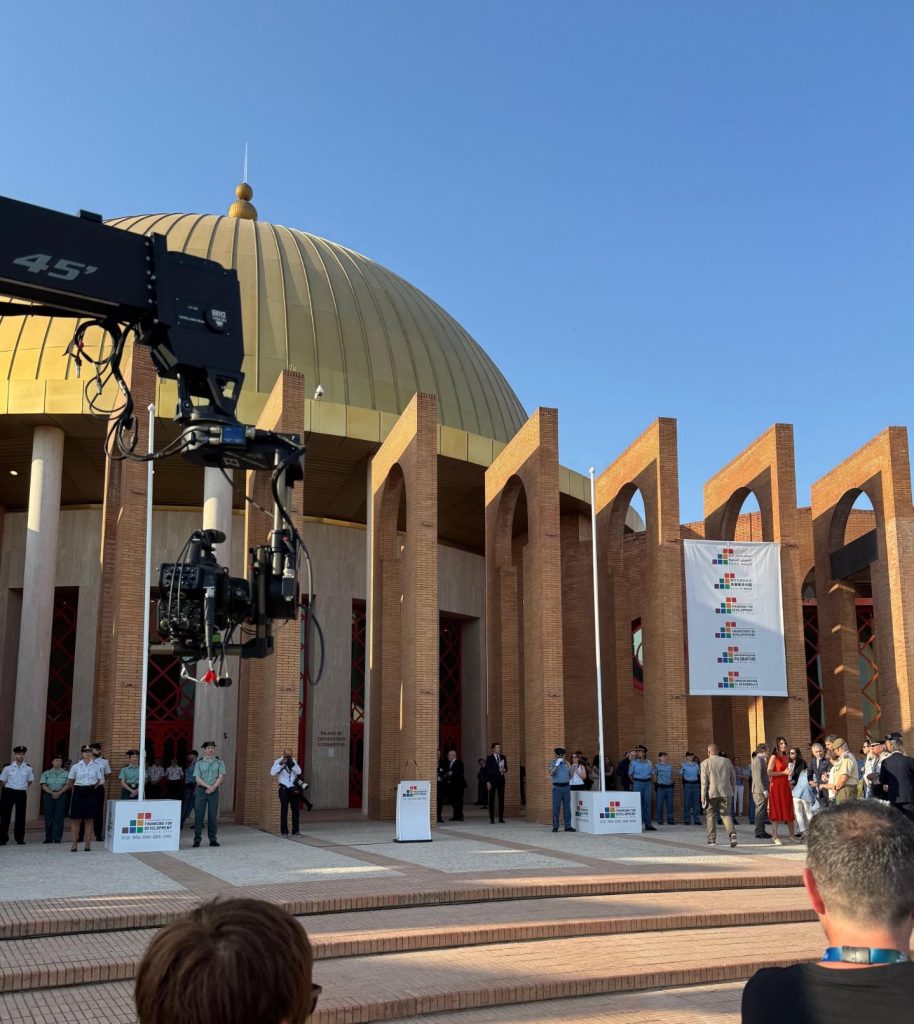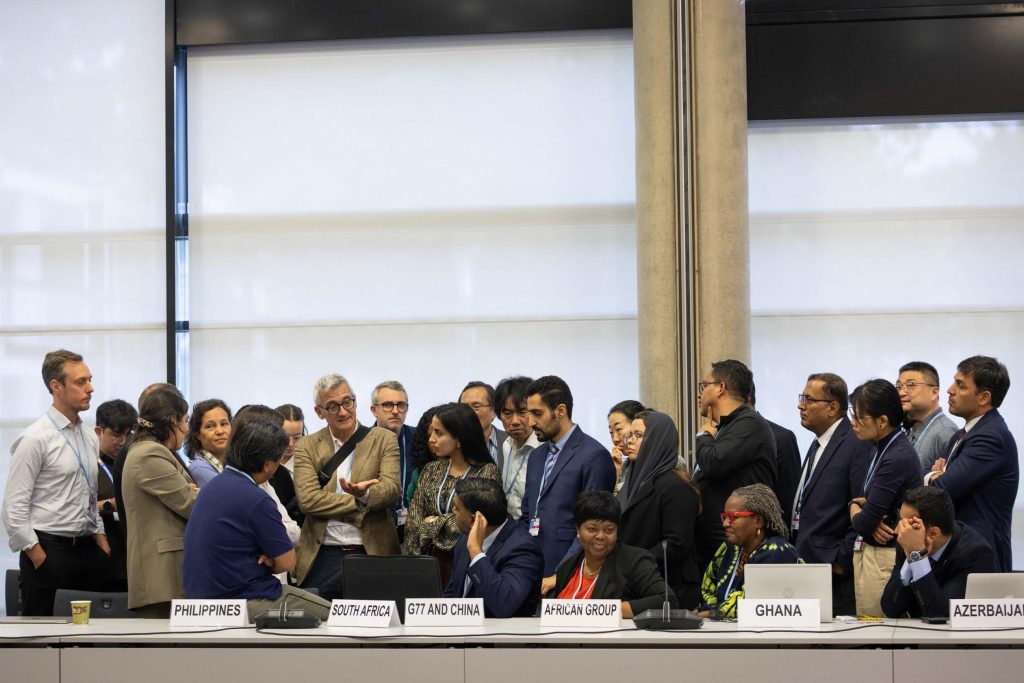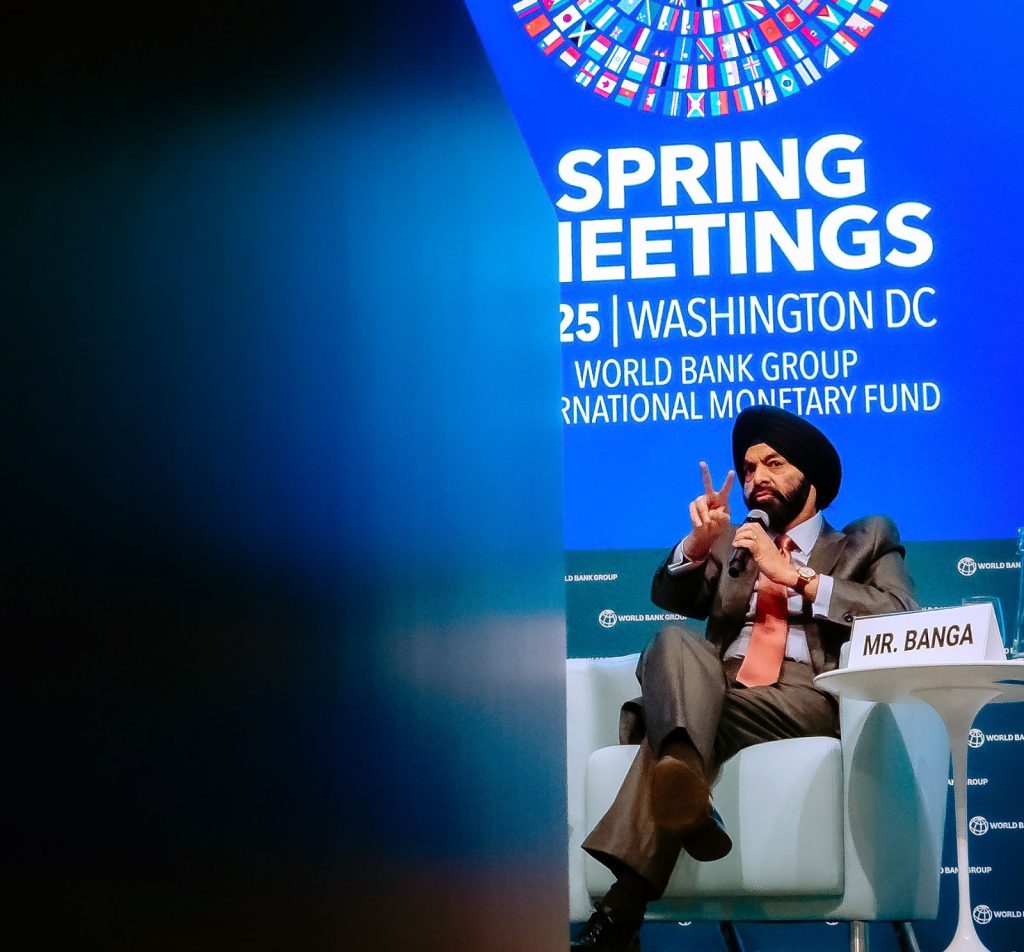At this year’s Convention on Biodiversity COP15 in Montreal between 7 and 19 December, Parties are deliberating over a Global Biodiversity Framework, which many are hoping will be a “Paris Moment for Nature”. The draft framework is to be negotiated under China’s presidency of the COP, and is comprised of 21 targets and 10 ‘milestones’ to be achieved by the end of the decade. Referred to as ‘30×30’, the most well-known of these is Target 3, which aims to ensure “at least 30% globally of land areas and of sea areas… … are conserved”. Another draft target is for the world to be nature positive by 2030, meaning there should be more nature globally in that year than there was in 2020, and full natural restoration by mid-century. The parallels to the mitigation ambition target under the Paris Agreement couldn’t be clearer. There are also goals seeking to limit the impacts of climate change on biodiversity and reducing subsidies that harm nature.
Debates at this year’s COP15 hearken back to those we have witnessed at the UNFCCC’s COP27 in Egypt this year, notably on the question of who pays and how to translate global ambition into national targets and action plans. The latter is particularly relevant to NDCs and the Global Goal on Adaptation. At COP15, developing country Parties are looking to close the $700 billion funding gap for responding to biodiversity loss, and for corporations to start reporting risks and dependencies relating to biodiversity. On funding, in March 2022, at the end of talks in Geneva, Gabon on behalf
In March, during nature talks in Geneva, Gabon made a dramatic intervention by on behalf of a group of developing countries calling for US$100 billion in biodiversity finance, in addition to the $100bn of climate finance that caused divisions at this year’s COP27.
On subsidies, approximately US$1.8 trillion is spent annually on subsidies that harm the environment. Groups, such as Business for Nature are pushing for the inclusion of a numeric target to reduce subsidies by at least US$500 billion each year and an agreement on full subsidy reform.
Any Global Biodiversity Framework that is agreed will not only be informed by the political dynamics and challenges that face negotiators at UNFCCC COPs, but it may also shape and guide some developments under the Paris Agreement. Most notably, the targets agreed to under the Framework might be used to inform a Global Goal on Adaptation (GGA). As previously reported, a GGA might come to look like an assimilation of existing targets and goals under other agreements at a global regional and local level. This would include any targets under the Convention on Biodiversity, with any gaps to be filled by new specified goals under the GGA. However, both the GGA and any Global Biodiversity Framework face the challenge of how these goals and targets will be measured. Any developments under a Global Biodiversity Framework on determining metrics for measurement of these targets could also be meaningful for the GGA.






